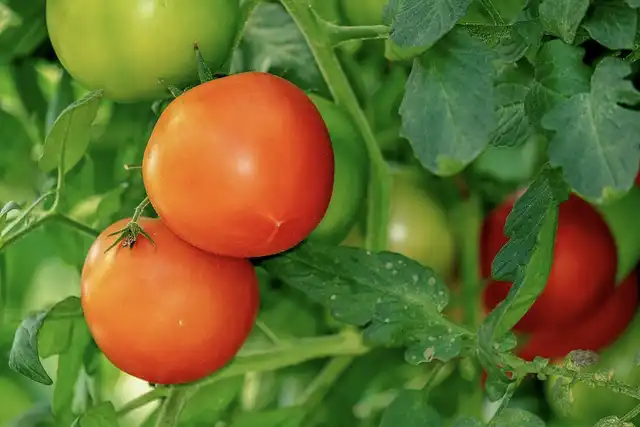
A growing push for agricultural modernization is addressing the need for sustainable practices and climate change adaptation. Many farmers lack access to relevant knowledge, hindering progress. Educational initiatives offering courses on sustainable farming and modern production methods aim to bridge…
Read More










